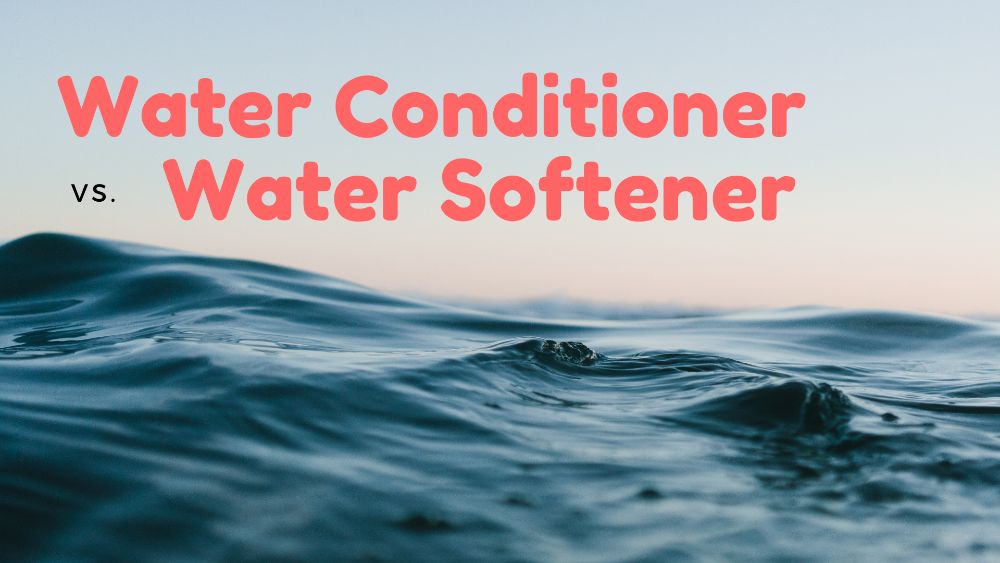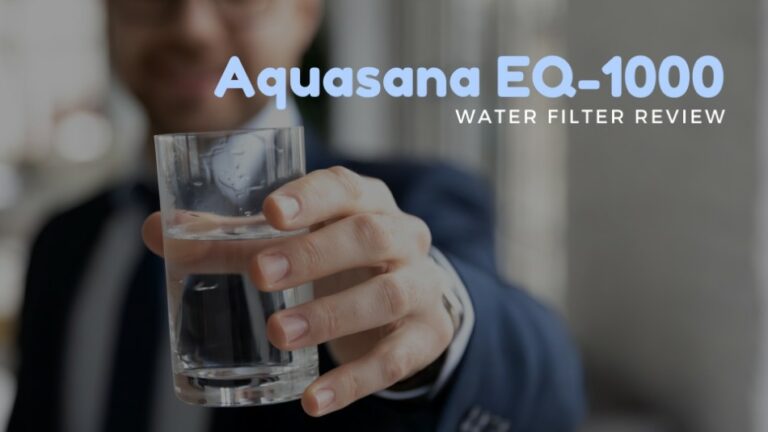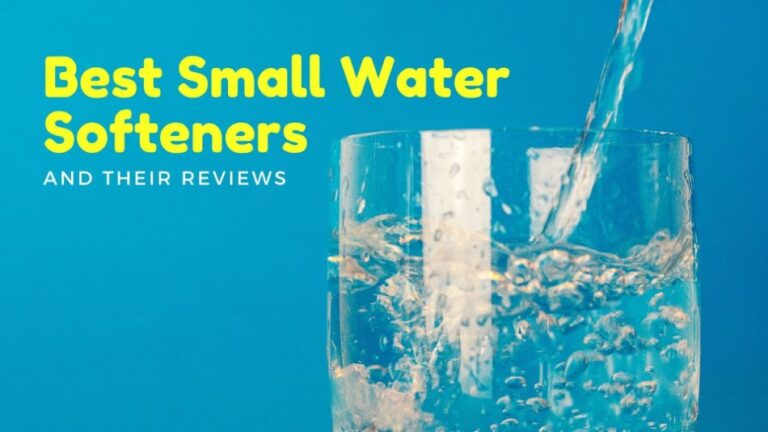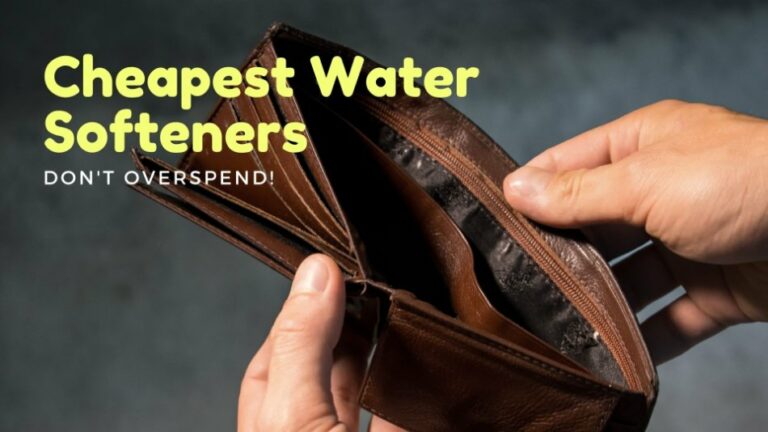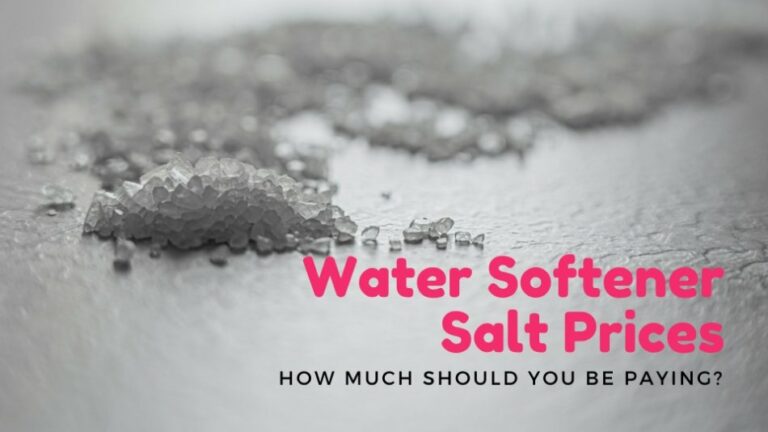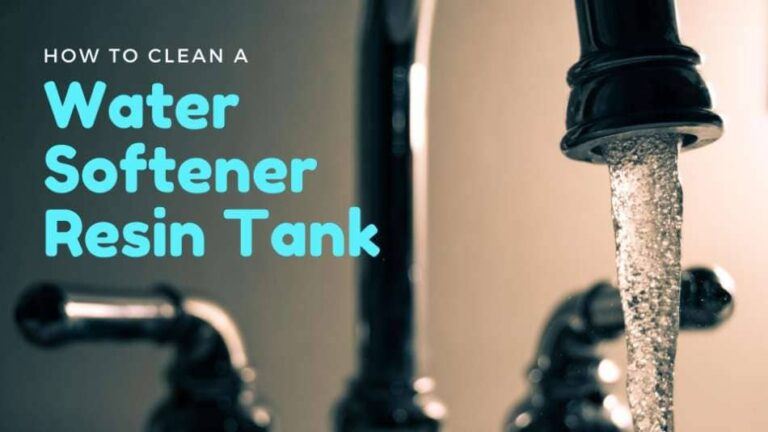Water Conditioner vs Water Softener – Which One Works Better?
The purpose of water conditioning is to address three areas concerning contamination or damage to your home’s water supply:
- Limescale buildup
- Bacteria and mold growth
- Algae growth
These three problems present a serious concern to your drinking and potable water supply.
Limescale buildup on pipes leads to blockages and damage to water heaters.
Bacteria and mold growth lead to many different diseases. Any algae growth in the system can contaminate and discolor your water, and it gets progressively worse over time, presenting a health hazard.
Fortunately, water treatment can help you resolve these problems. When it comes to water treatment, you get water conditioning and water softening – but what’s the difference between the two?
Water Conditioner vs Water Softener – How are They Different?
Traditional water softeners remove calcium, silica, and magnesium from “hard water,” leaving it with lower levels of these elements. A water softener replaces these materials with salt through ion exchange.
A water conditioner manipulates the way the minerals in the water behave. With a conditioner, the inert minerals are still present in the water, but they don’t adhere to the pipes or heater elements. It’s important to note that calcium, silica, and magnesium are all beneficial nutrients to humans, and keeping them in the water is a health advantage.
Both water softeners and water conditioners treat water hardness. However, with a water conditioner, you get the added benefit of removing other harmful agents from the water supply. When bacteria and algae collect on surfaces, it forms a “biofilm,” and a softener cannot treat this problem.
How Does a Water Softener Work?
Water softeners use a process called “ion exchange” to remove minerals from drinking water. All minerals are ionic, meaning they have an electrical charge.
The water softener and conditioner neutralize the calcium, silica, and magnesium ions by releasing sodium ions with an opposite ion charge. To keep the softener working, you’ll have to add bags of salt to the water softener over the year.
How Do Water Conditioners Work?
There are several types of water conditioners, and each of them affects water differently, producing a similar result. These models feature mechanisms creating a catalytic reaction, changing the behavior of biological contaminants and minerals in liquids.
Water conditioners remove dangerous biofilms and prevent scale buildup within your water system. Water conditioners come with different purposes; some reduce limescale formation slowing the scaling; others change the nature of the scale to prevent it from adhering to surfaces.
Water conditioners don’t remove ions, but they prevent these ions’ buildup in the pipework and water system. Water conditioners manage to achieve this without the need to add salt to the water. Water conditioners offer an easy system to manage, with limited maintenance every year or two, depending on your water usage.
What are the Types of Water Conditioners?
Water conditioning is far superior to just water softening alone. With water conditioning, you can remove harmful elements and organisms from your drinking water, making it safe for your family to consume.
There are several models of water conditioner systems. Here are a few examples of “physical treatment” conditioners that manipulate the water structure to soften and condition it.
Magnetism Water Conditioners
Some water conditioners utilize magnetic fields to affect the way ions behave in the water. Typically, ions are prone to gathering in clusters on surfaces. However, the magnetic field changes the cluster structure, making it less likely to adhere to the pipework and fittings in your water system.
Some conditioners use magnets to create a magnetic field in your water that affects how the hardness ions behave.
Normally, these ions are prone to forming clusters that stick to surfaces. However, magnetism makes them less likely to do this by changing the shape of the clusters.
Electromagnetic Water Conditioners
This method is like the magnetism model. However, with this system, you utilize electromagnetic fields to treat the water. These systems require a power source and produce the same effects as the magnetic model.
However, with the electromagnetic system, you can turn it off at any time by disconnecting the power. Therefore, if you have a power failure at your home, the softening system won’t work during the blackout.
Electrolysis
This water softening system uses battery-power to treat your water. The system utilizes two immersed metal electrodes that release zinc ions into the water.
These electrodes also release ions that travel through the water to the cathode. When the zinc anode dissolves, it requires replacement.
Template-Assisted Crystallization Water Conditioners
TAC systems use resin beads as catalytic nucleation sites. As the system operates, it changes mineral ions into a crystalline format that doesn’t cling to your pipework or plumbing fittings. Instead, these inert microscopic particles float harmlessly in the water.
Unlike softener systems utilizing ion-exchange, this resin-bead system doesn’t require any ongoing maintenance.
Electric-Induction Water Conditioners
This system uses electrical currents to precipitate the water hardness. The electrodes for this precipitate over time, requiring cleaning and maintenance of the system. In some cases, the sediment creates a large deposit of sludge on surfaces.
Some water treatment systems change the chemical makeup of your water. Here are a few examples:
Chelation Water Conditioners
These systems rely on chemical compounds acting as chelating agents in the water. The calcium and magnesium ions bind to the chelating agent, suspending them in the water. As a result, the minerals don’t deposit on surfaces.
Reverse Osmosis Water Conditioners
This system runs your water through a membrane to remove biological agents and minerals. However, the water coming out of the system contains no minerals. If you’re using it for a drinking water system, you’ll need a cartridge that adds the essential minerals back to the water.
In Closing
Both water softening and water conditioning are vital for maintaining any residential water system. If you want to avoid the problems associated with water damage on your pipework, you need a water softener or conditioner.
Those homeowners looking for a holistic water treatment solution for the home should invest in a top-quality water conditioning system.

